In arid landscapes around the world, a plant that embodies both beauty and resilience thrives—the Prickly Pear Cactus (Opuntia spp.). With its distinctive paddle-like pads, vibrant blossoms, and impressive adaptability, this cactus species has earned a place of significance in various cultures and ecosystems. In this article, we explore the captivating world of the Prickly Pear Cactus, uncovering its appearance, characteristics, cultural significance, and its role in arid ecosystems.
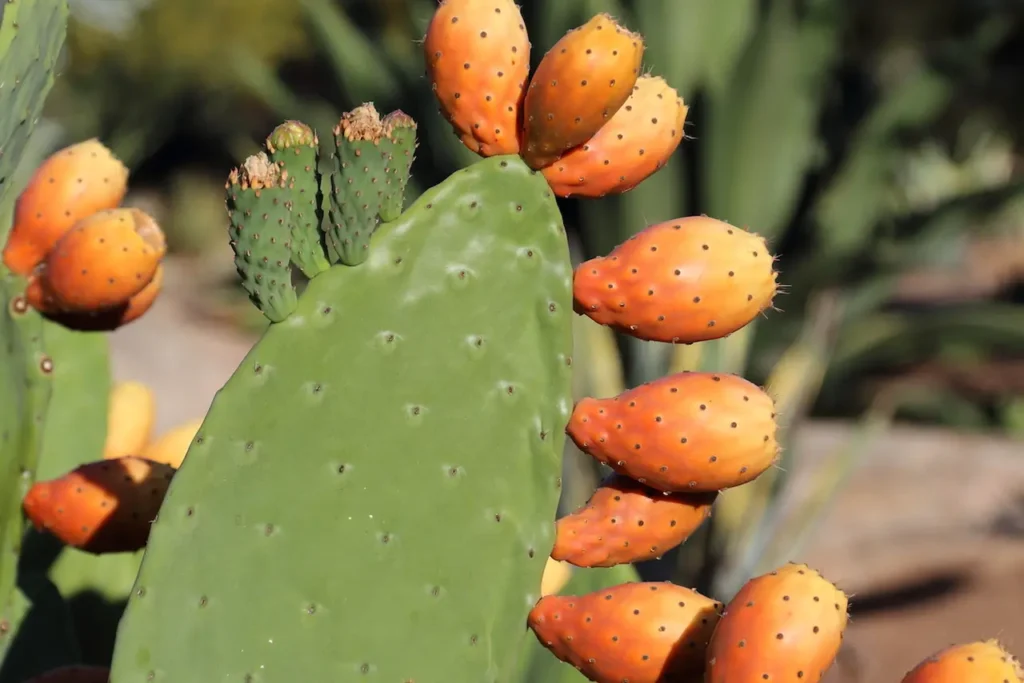
Appearance and Characteristics
The Prickly Pear Cactus is instantly recognizable due to its unique paddle-shaped pads, often referred to as cladodes. These pads are covered in clusters of spines, which give the cactus its “prickly” name. Beneath these spines, tiny clusters of fine, hair-like structures called glochids can be found, which can be quite irritating if they come in contact with skin.
In addition to its distinctive pads, the Prickly Pear Cactus produces vibrant, showy blossoms. These flowers can vary in color, ranging from shades of yellow and orange to brilliant reds and purples. The flowers are followed by fleshy fruit, known as prickly pears or tunas, which are not only a food source for wildlife but also a culinary delight for humans.
Adaptability and Ecology
The adaptability of the Prickly Pear Cactus is nothing short of remarkable. It has evolved to thrive in some of the harshest environments on Earth, from deserts and grasslands to coastal cliffs. This resilience is attributed to its ability to store water within its pads and to its efficient photosynthetic process, which allows it to reduce water loss through transpiration.
Beyond its ability to endure challenging conditions, the Prickly Pear Cactus plays a vital role in arid ecosystems. Its pads provide shelter for small animals, and its fruits offer sustenance to a range of wildlife, from insects to birds and mammals. Additionally, the cactus provides soil stability, preventing erosion in areas where it grows.
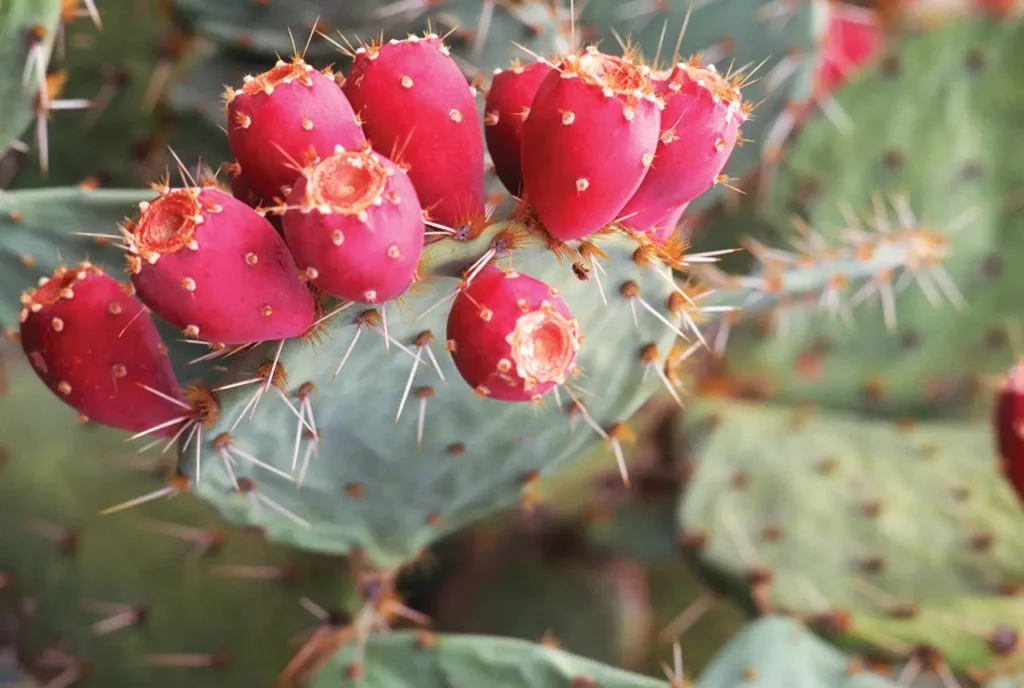

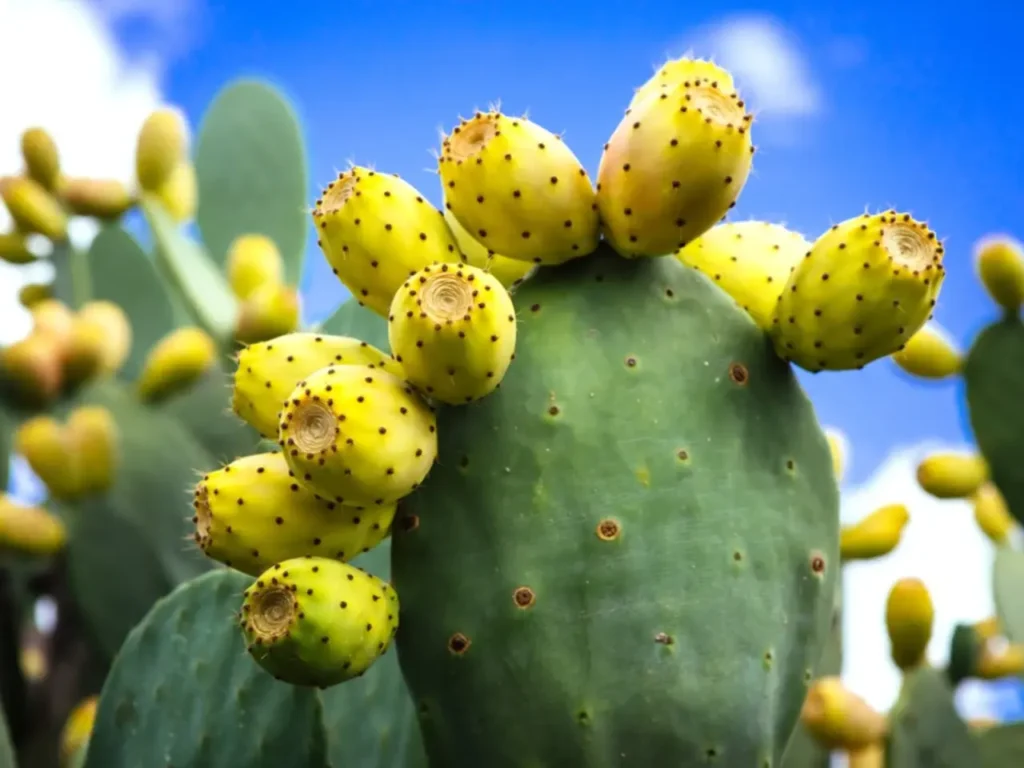
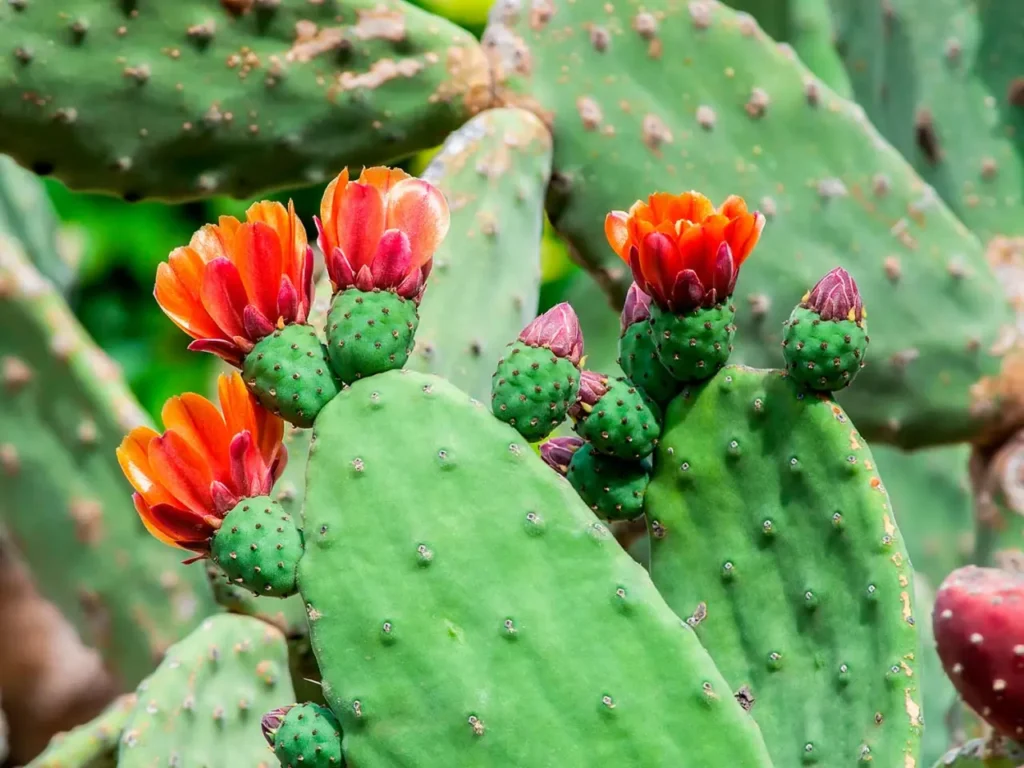
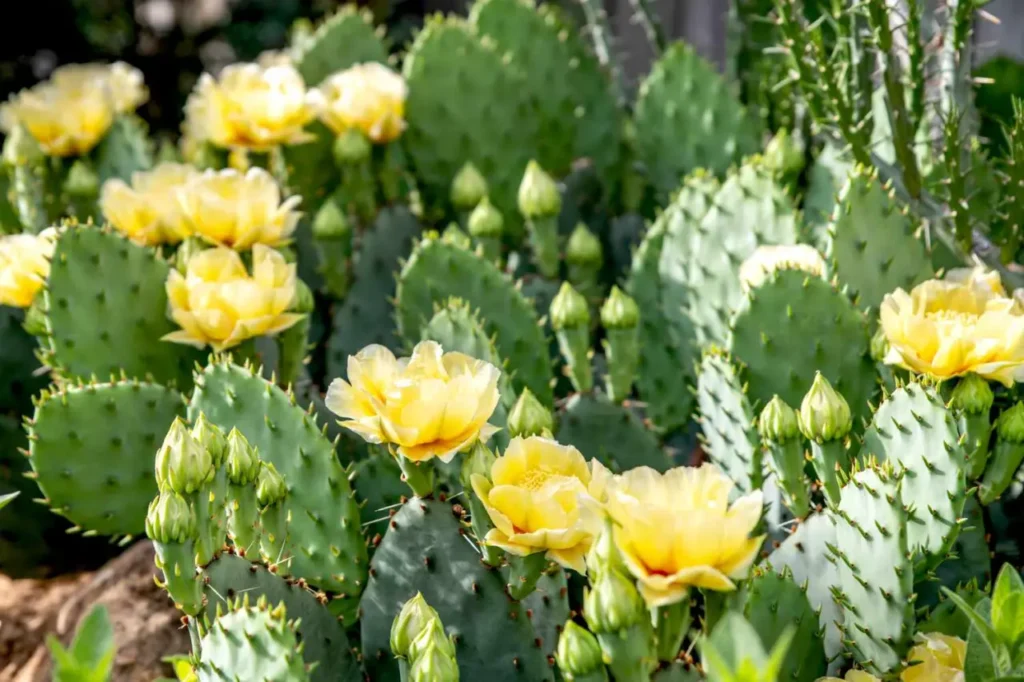
Cultural Significance and Uses
The Prickly Pear Cactus holds cultural importance in various regions around the world. In Mexico and other parts of Latin America, the nopal, or young pads, are a staple in traditional cuisine. They are rich in vitamins and minerals and are used in dishes such as salads, stews, and tacos. The cactus has also found its way into traditional medicine, with the gel from the pads used to soothe burns and minor wounds.
Conservation and Awareness
While the Prickly Pear Cactus is well-adapted to its native habitats, it still faces challenges due to habitat destruction, climate change, and invasive species. Conservation efforts are crucial to ensure the survival of this remarkable plant species and the ecosystems it supports.
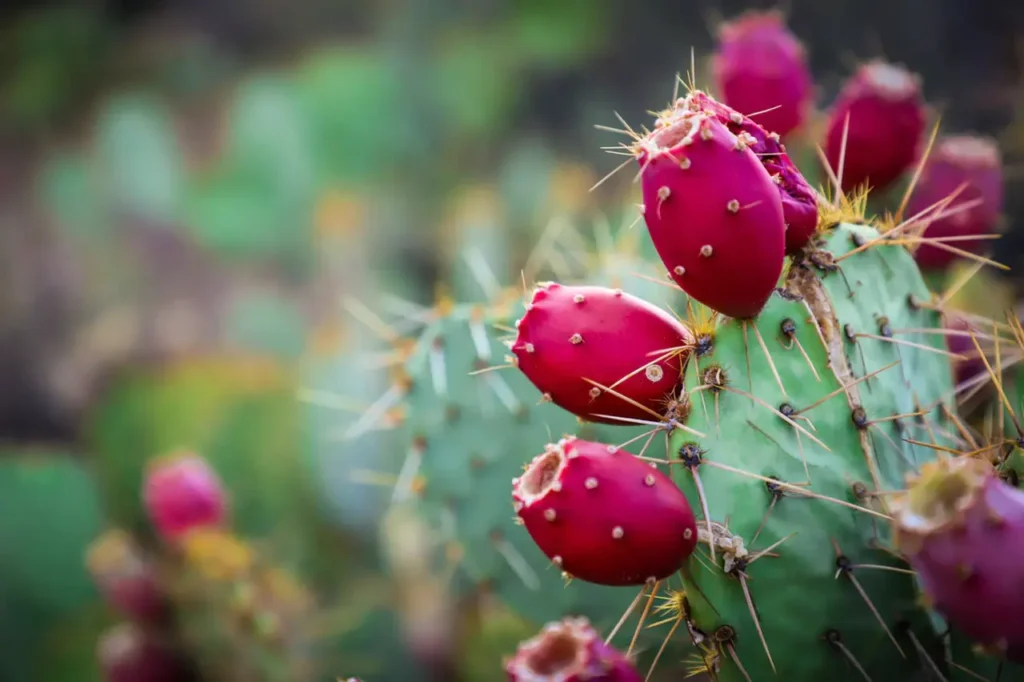
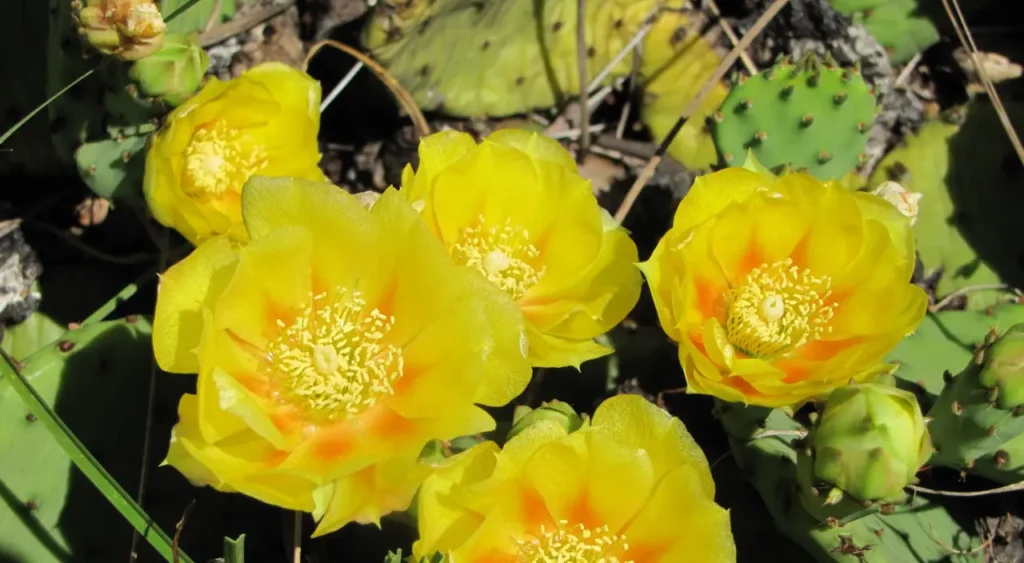
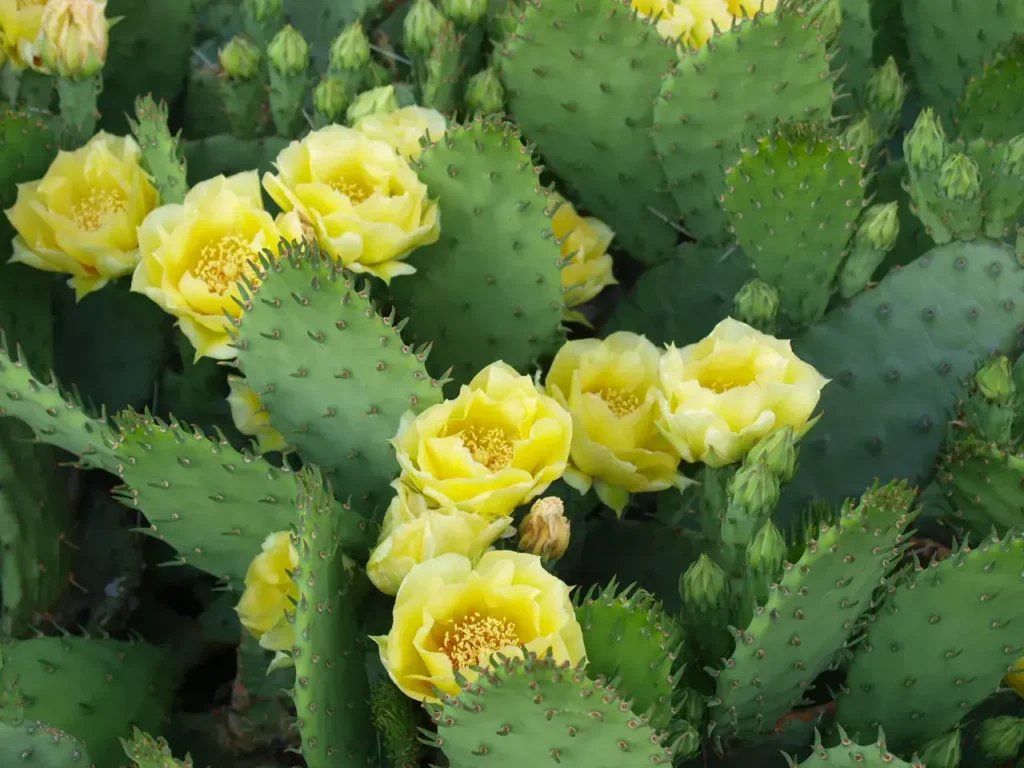

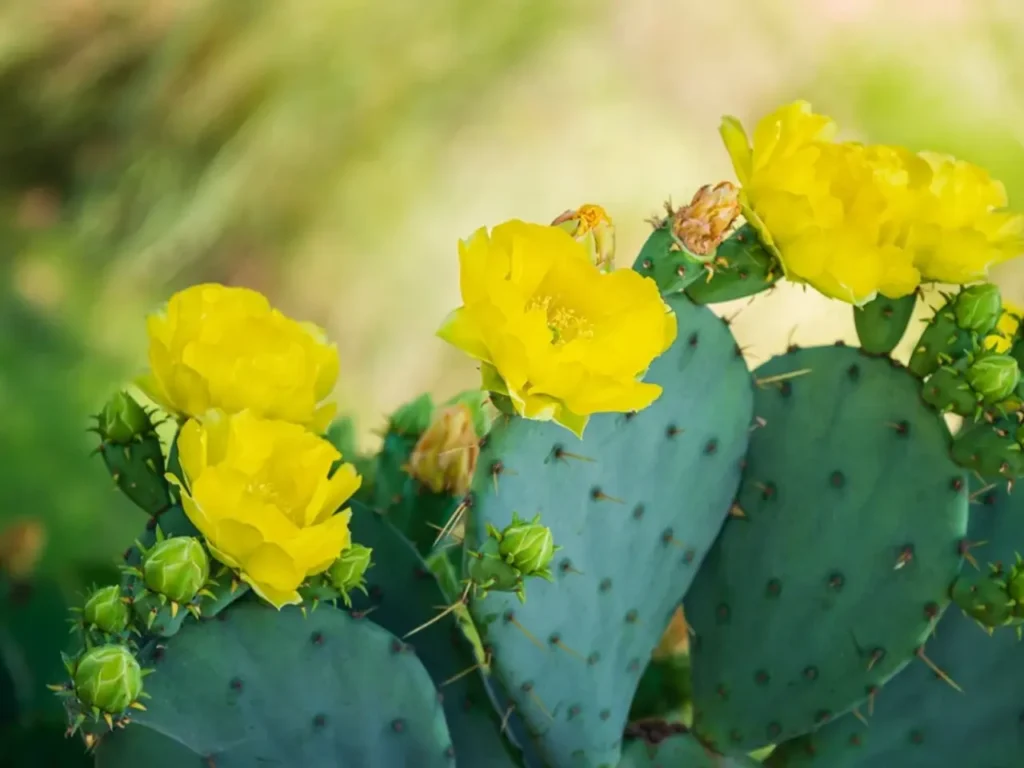

The Prickly Pear Cactus stands as a testament to nature’s ability to thrive in the most unforgiving environments. Its distinctive appearance, vibrant blossoms, and cultural significance enrich both ecosystems and human cultures. By embracing the lessons of resilience and adaptability that the Prickly Pear Cactus offers, we not only appreciate its intrinsic beauty but also recognize the importance of preserving the delicate balance of arid landscapes.








